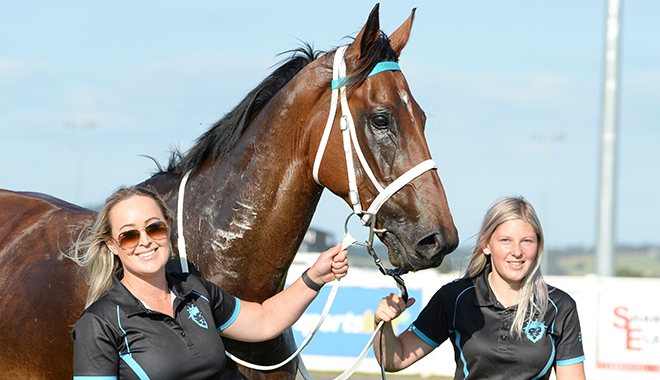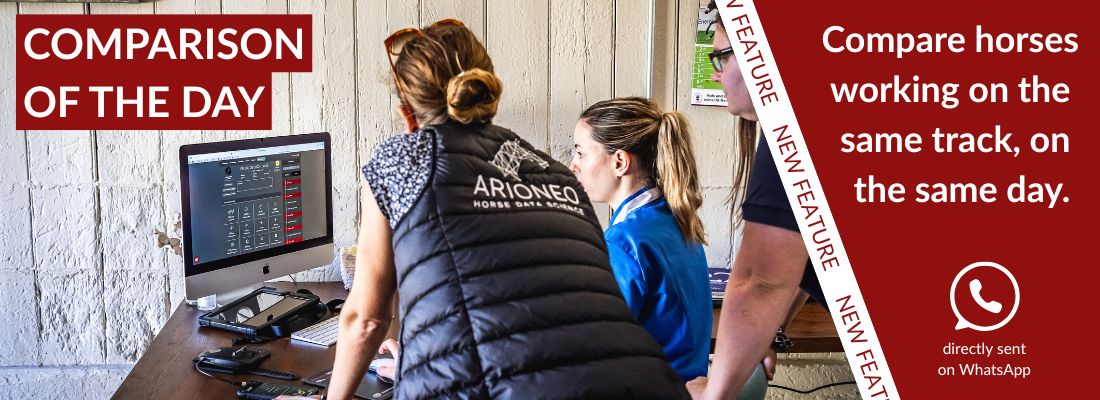Technology is transforming the way trainers understand their horses, offering new insights that go far beyond instinct and experience. At Katanga Lodge, trainer Shannon Roughan has embraced EQUIMETRE as part of her daily routine. In this interview, she shares how data supports her decision-making, the role it plays in her training program, and why she believes sport science is key to the future of racing.
Watch the interview: link.
Could you please introduce yourself?
I’m Shannon Roughan from the Katanga Lodge. I have been training in Victoria for about three to four years now. Before that, I had a licence in Western Australia, but it’s a whole new world over here.
How long have you been working with data? Why did you choose to work with EQUIMETRE in the first place?
I first started using other devices back in WA. Then when we first moved to Victoria, I started riding trackwork at Ciaron Maher Racing, and that’s where I first got introduced to the EQUIMETRE.
To me, the data is just so much easier to read, and it’s probably more accurate.
As someone who rides their own trackwork, how do you feel the data helps your decision-making?
It provides me with precise information. I’m no longer relying solely on feel; instead, I get clear data showing exactly what happened during the session, down to the times.
It makes it so much easier to know how a horse has performed in both fast and slow work. It also reveals things you can’t see just by riding, like how their heart is performing throughout the work. That insight is incredibly valuable when assessing their progress during preparation.
Can you tell us more about how you handle your data collection and analysis?
I work quite closely with Romy Borrione from Race Day Ready. At the end of each morning, she sends me a comparison and a report, which gives me a very quick overview. Thus, I can look at how each horse has handled their work. Then she’ll go through and flag anything that could be slightly off, even if it’s a slight change, action, or recovery. Then we go through a more detailed report together and make adjustments to the horse’s routine if needed. This process makes managing the data far more efficient.
What do you like about working with Arioneo?
It’s quick, precise, and very user-friendly. Other devices that I’ve used, you really have to go in and break down your work to really be able to get an understanding of it. Whereas the EQUIMETRE, it takes 2 minutes out of your day to go through and have a look.
It also makes it very clear when something isn’t quite right with a horse, helping us identify issues straight away.
What does your training routine look like?
We use the trackers on every horse, every day. We train from paddocks, and we do a lot of our work from the bush. We’re not just focused on working them on the course. I’ve just started being able to train at Balnarring Beach, and we’ve been making sure that we’ve got the trackers on there every day. It gives us a really good comparison between the different surfaces and intensities, and on how horses are handling different things because it is so varied.
How do you see the future of data in horse racing?
Racehorses are definitely becoming more sport science based and to be able to keep up with the big stables, you just have to have this data to be out and be competitive.
If you had to describe the EQUIMETRE in one word, what would it be?
Accurate.
Key words: Shannon Roughan, stable, Katanga Lodge, Equimetre, data, horses, analysis, racehorses, revolutionize, speed, recovery, trainer, Ciaron Maher, comparison
Photo : Racing.com


